Choosing the Right Digital Signature Software: Key Features and Considerations
Are you concerned about the security and authenticity of your digital transactions? Do you want to ensure the integrity of your documents in the age of distributed ledger technology (DLT)? If so, understanding digital signatures and choosing the right software is crucial. In this article, we will explore the key features and considerations when it comes to selecting digital signature software in the context of DLT.
A Brief History of Digital Signatures
Digital signatures have come a long way since their inception. The concept first emerged in the 1970s, but it wasn’t until the rise of public-key cryptography in the 1990s that their true potential was recognized. Over the years, digital signatures have evolved to become an essential tool for verifying the authenticity and integrity of digital documents.
In the context of DLT, digital signatures play a crucial role in ensuring the immutability of transactions and documents recorded on the blockchain. They serve as a cryptographic proof that a specific person or entity has consented to the contents of a document, preventing tampering and fraudulent activities.
Advantages and Disadvantages of Digital Signatures
One of the significant advantages of digital signatures is their ability to provide a higher level of security compared to traditional paper-based signatures. They offer strong authentication and verification, as well as protection against tampering.
Furthermore, digital signatures eliminate the need for physical documents, saving time and resources. Documents can be signed electronically, reducing paperwork and increasing efficiency. Additionally, digital signatures are easily scalable and can be integrated into various software applications.
However, digital signatures also have some limitations. One major concern is the reliance on cryptographic algorithms, which could be vulnerable to future advances in technology or attacks. Additionally, there may be legal and regulatory considerations in different jurisdictions that need to be evaluated.
Practical Applications and Real-World Examples
Digital signatures find applications across various sectors, including finance, healthcare, legal, and government. In the financial industry, digital signatures streamline processes such as loan applications, account openings, and fund transfers. They enhance security and reduce the risk of fraud.
In healthcare, digital signatures enable secure exchange of electronic medical records and prescriptions, ensuring data integrity and patient privacy. Legal professionals can use digital signatures to sign contracts, agreements, and other legal documents remotely, saving time and improving efficiency.
A notable real-world example of digital signatures in action is Estonia’s e-Residency program. Through their national digital identity system, people can digitally sign documents and establish businesses remotely, fostering entrepreneurship and innovation.
The Future of Digital Signatures in DLT
The future of digital signatures in the realm of DLT looks promising. As blockchain technology continues to mature, the importance of reliable and secure digital signatures will only grow. With the potential integration of smart contracts, digital signatures can enable automated and self-executing agreements, further revolutionizing the way we conduct transactions.
The adoption of DLT and digital signatures is likely to increase across industries as organizations recognize the benefits of enhanced security, transparency, and efficiency. As technology advances, concerns regarding the vulnerabilities of digital signatures can be addressed through continuous research and improved cryptographic algorithms.
Frequently Asked Questions
1. What is a digital signature?
A digital signature is a cryptographic technique that verifies the authenticity and integrity of digital documents or transactions. It ensures that the document has not been altered and provides assurance about the identity of the signer.
2. How does digital signature software work?
Digital signature software uses cryptographic algorithms to encrypt and decrypt data. It generates a unique digital signature for each document or transaction, which can be verified using the signer’s public key. The software typically provides a user-friendly interface for signing and verifying digital documents.
3. What are the key features to consider when choosing digital signature software?
Some key features to consider when selecting digital signature software include compatibility with various document formats, ease of use, security measures, integration capabilities with existing systems, and compliance with legal and regulatory requirements.
4. Can digital signatures be used in court?
Yes, digital signatures are legally recognized in many jurisdictions. However, the legal acceptance of digital signatures may vary depending on the specific laws and regulations of each country. It is important to consult local legal experts to ensure compliance.
5. How can I start using digital signatures?
To start using digital signatures, you need to choose a reliable digital signature software that suits your needs. Once you have the software, you can create your digital signature and apply it to your electronic documents or transactions. Consult the software’s documentation for detailed instructions.
Choosing the right digital signature software is essential for ensuring the security and authenticity of your digital transactions. By understanding the advantages, limitations, and practical applications of digital signatures in the context of DLT, you can make informed decisions that align with your personal or professional requirements.
If you have any questions or thoughts on this topic, feel free to share them in the comments below. Let’s continue exploring the fascinating world of digital signatures and their role in the future of distributed ledger technology!
More in this category ...
Ripple companions with SBI Group and HashKey DX for XRPL answers in Japan
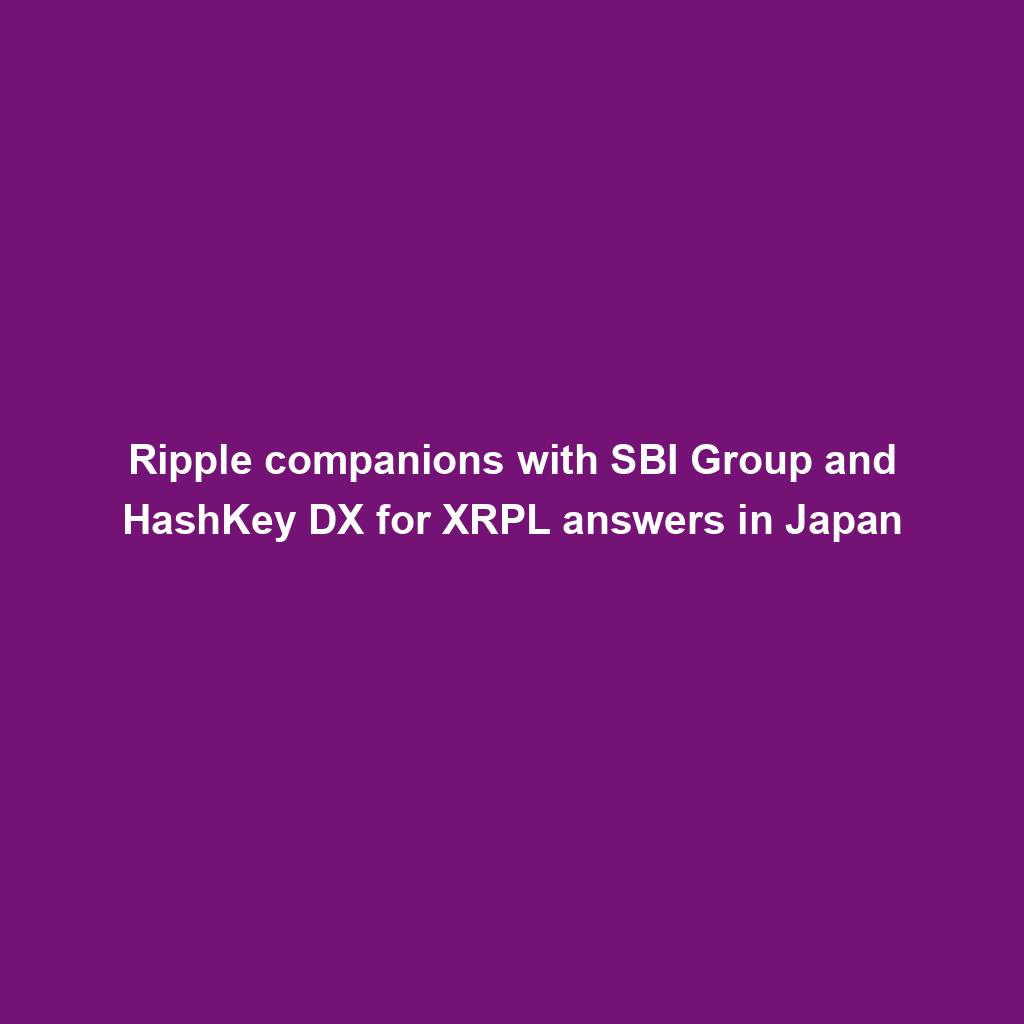
April sees $25M in exploits and scams, marking historic low ― Certik
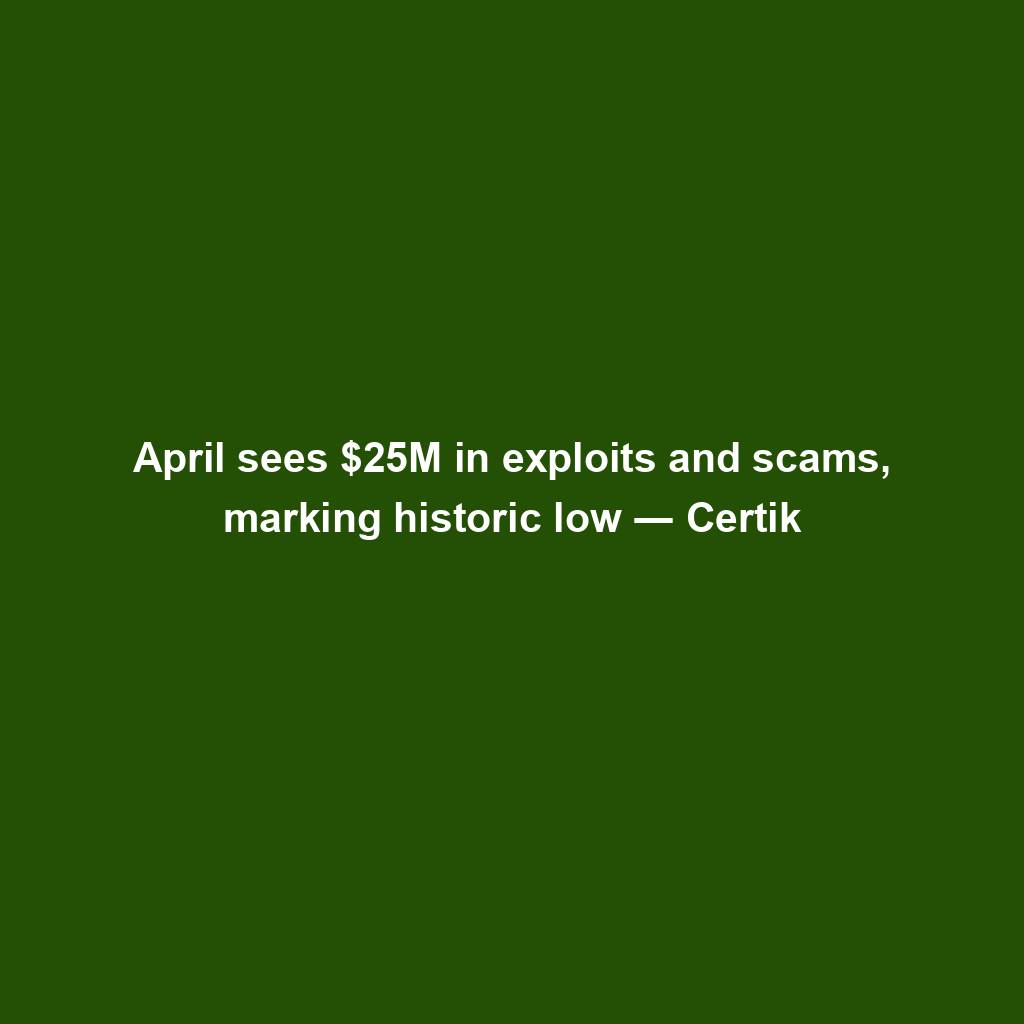
MSTR, COIN, RIOT and different crypto shares down as Bitcoin dips
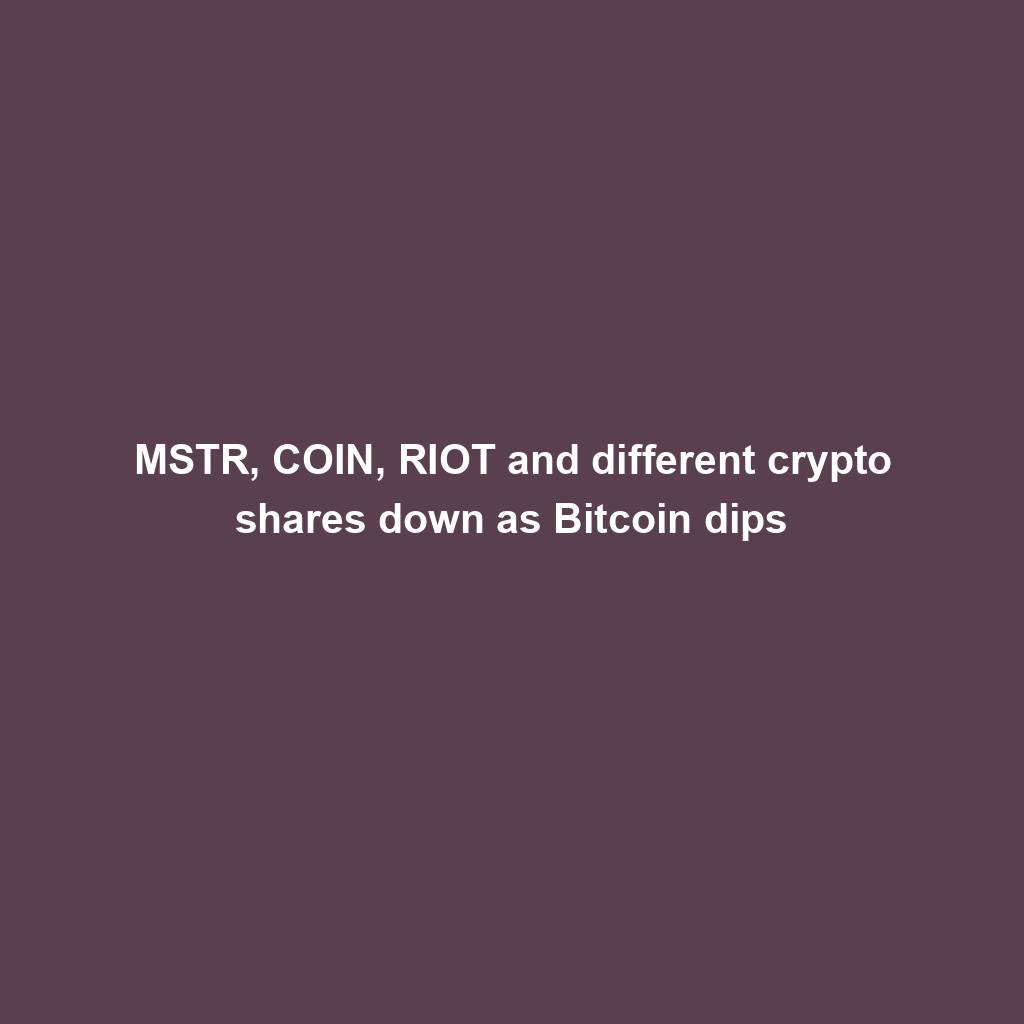
EigenLayer publicizes token release and airdrop for the group
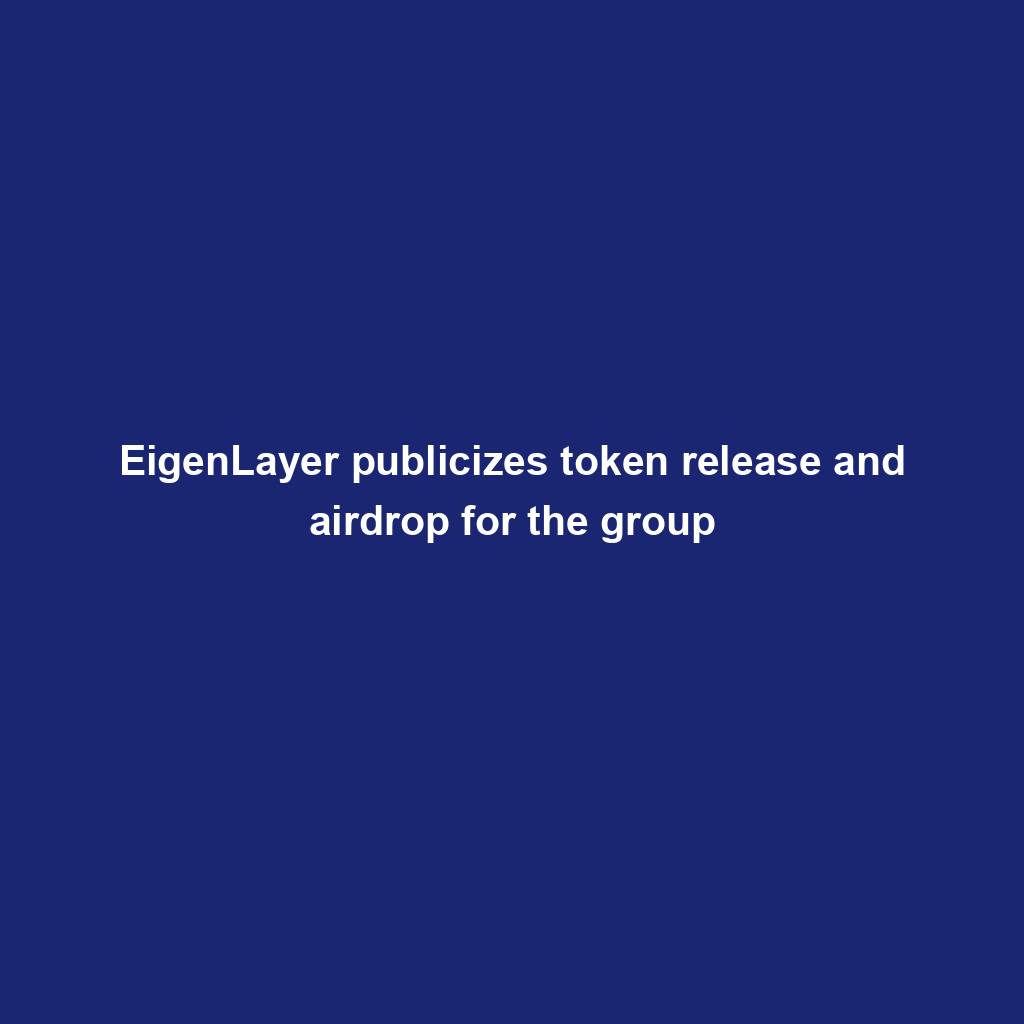
VeloxCon 2024: Innovation in knowledge control

Successful Beta Service release of SOMESING, ‘My Hand-Carry Studio Karaoke App’

Dogwifhat (WIF) large pump on Bybit after record reasons marketplace frenzy
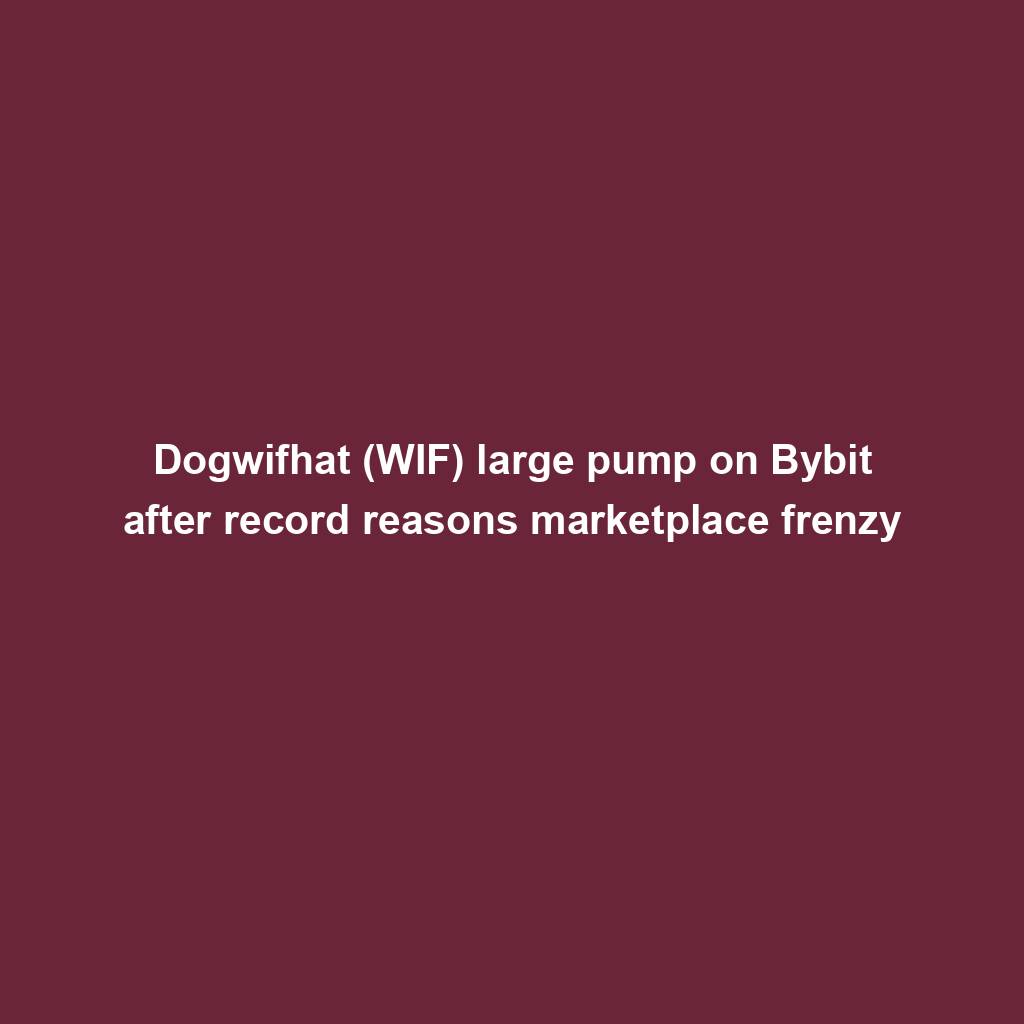
How fintech innovation is riding virtual transformation for communities around the globe

Wasabi Wallet developer bars U.S. customers amidst regulatory considerations

Analyst Foresees Peak In Late 2025

Solo Bitcoin miner wins the three.125 BTC lottery, fixing legitimate block

Ace Exchange Suspects Should Get 20-Year Prison Sentences: Prosecutors

Google Cloud's Web3 portal release sparks debate in crypto trade

Bitcoin Primed For $77,000 Surge

Bitbot’s twelfth presale level nears its finish after elevating $2.87 million

PANDA and MEW bullish momentum cool off: traders shift to new altcoin

Commerce technique: Ecommerce is useless, lengthy are living ecommerce

Republic First Bank closed by way of US regulators — crypto neighborhood reacts
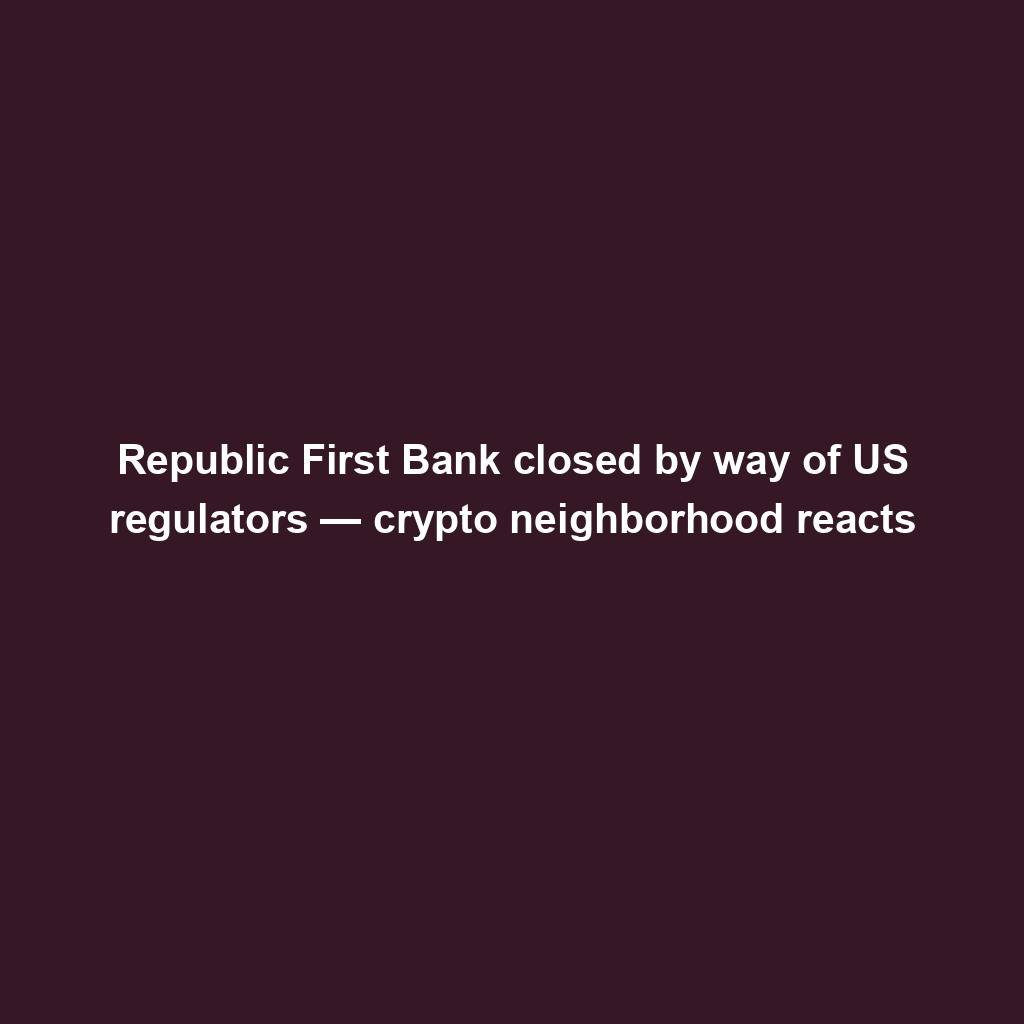
China’s former CBDC leader is beneath executive investigation

Bigger isn’t all the time higher: How hybrid Computational Intelligence development permits smaller language fashions
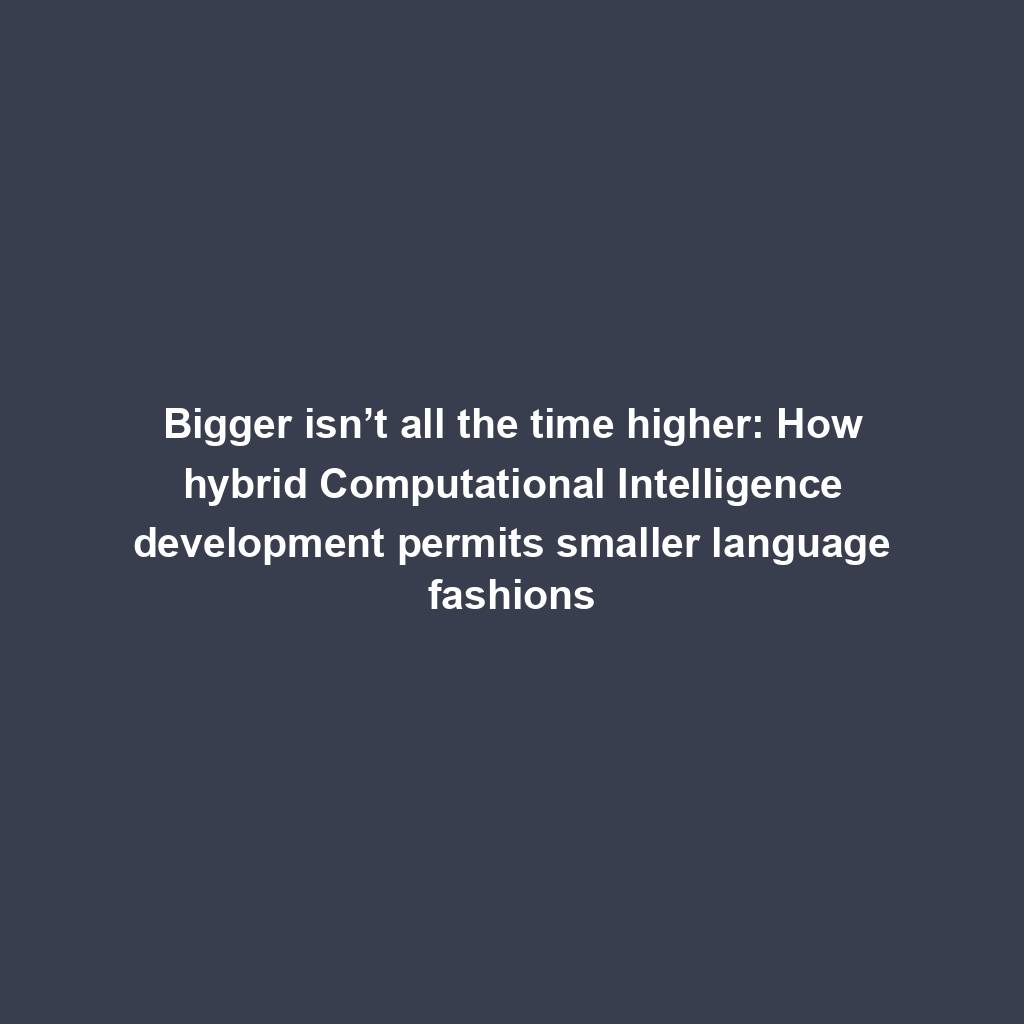
Pantera Capital buys extra Solana (SOL) from FTX

Successful Beta Service release of SOMESING, ‘My Hand-Carry Studio Karaoke App’

SEC sues Bitcoin miner Geosyn Mining for fraud; Bitbot presale nears $3M

Business procedure reengineering (BPR) examples

85% Of Altcoins In “Opportunity Zone,” Santiment Reveals

Sam Altman’s Worldcoin eyeing PayPal and OpenAI partnerships
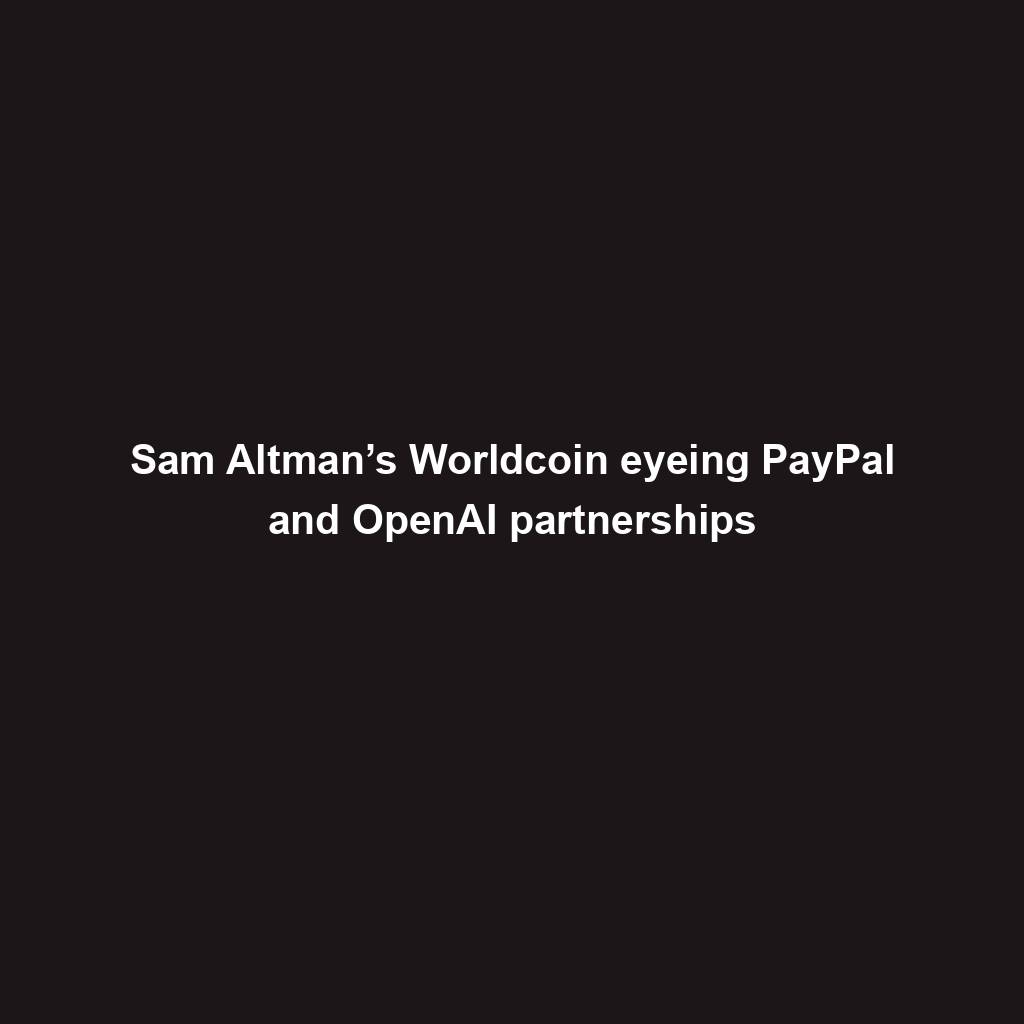
Artificial Intelligence transforms the IT strengthen enjoy

Franklin Templeton tokenizes $380M fund on Polygon and Stellar for P2P transfers

Meta’s letting Xbox, Lenovo, and Asus construct new Quest metaverse {hardware}

Shiba Inu (SHIB) unveils bold Shibarium plans as Kangamoon steals the display
